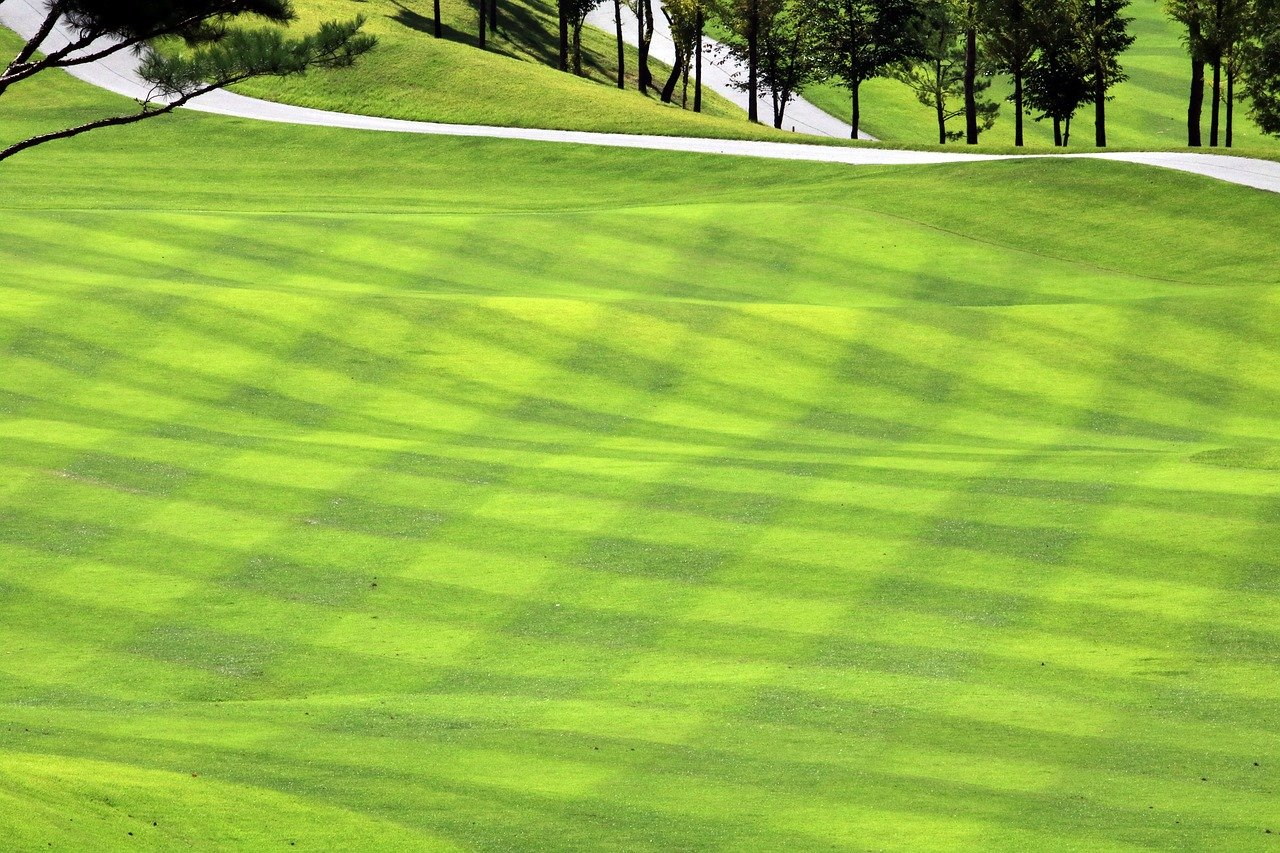Increase Herbicide Effectiveness
with Spray Adjuvants

Have you ever heard of spray adjuvants? They are also called "surfactants". These are herbicide additives that allow us to use less herbicides, yet maintain equal or greater effectiveness. By definition, adjuvants are additives that increase effectiveness or safety of a product.
Types of Spray Adjuvants
There are many different types of adjuvants and each with a different purpose. Below is a list of commonly used adjuvants.
- Wetting Agents- allows wettable powders to mix with water.
- Emulsifiers- allows petroleum based pesticides to mix with water.
- Invert Emulsifiers- allows water based pesticides to mix with a petroleum carrier.
- Spreaders- allows pesticides to forma a uniform coating layer over the treated surface.
- Stickers- Allows the pesticide to stay on the treated surface and no roll off.
- Penetrants- Allows the pesticide to get through the outer surface to the inside of the treated areas. This is commonly used when penetrating the thick gel of some water plants.
- Foaming Agents- Used to reduce drift so the pesticide stays in the target area.
- Safeners- To reduce the toxicity of a pesticide formulation to the handler or treated surface.
- Anti-Foaming Agents- Reduces the foaming of spray mixtures that require vigorous agitation.
Very Useful Sticker and Spreader Spray Adjuvants
Many lawn weeds have a protective coating similar to a waxed car. On these weed surfaces, herbicides can bead up and roll off. When this happens you may not get the control you are looking for and it may lead to repeated spraying. This is where a sticker and spreader can help greatly.
Sticker and spreaders are generally sold together as a single item in home and garden stores. You can also purchase professional sticker/spreaders at farm stores or at a professional turf and landscape supply stores. They are very easy to use. After reading the label, simply add the correct amount listed on the label directly into the sprayer along with the herbicide mixture you prepared.
Why is a Sticker/Spreader Important?
- The spreader will allow the herbicide to flatten and lay out evenly over the weed surface.
- The sticker keeps it on the plant surface so it will not roll off.
- The longer the herbicide is in contact with the weed surface, the better the weed control will be.
- This combination may reduce the amount of herbicide needed.
Note: They cannot be used with hose end sprayers or with fertilizers. They are designed to be added to your hand pump or power pressure sprayer when using herbicides and certain pesticides.
Some herbicides will already have a sticker/spreader added to it. Read the label carefully to be sure. If there is not one added, then the addition of this adjuvant may help the product to be more effective.
Types of Herbicides
Many types of herbicides are available from organic to chemical products. Choosing the right one is important. Click here for information on the different types of herbicides, how the work, and types of formulations.
Zoysia and 2,4-D Herbicide
If you have a zoysia grass lawn, you know how beautiful and hardy it is. However, 2,4-D herbicide can harm it during a short period in spring. Click here to learn about weed control for zoysia lawns.
Spray Adjuvants back to Using Herbicides Safely



